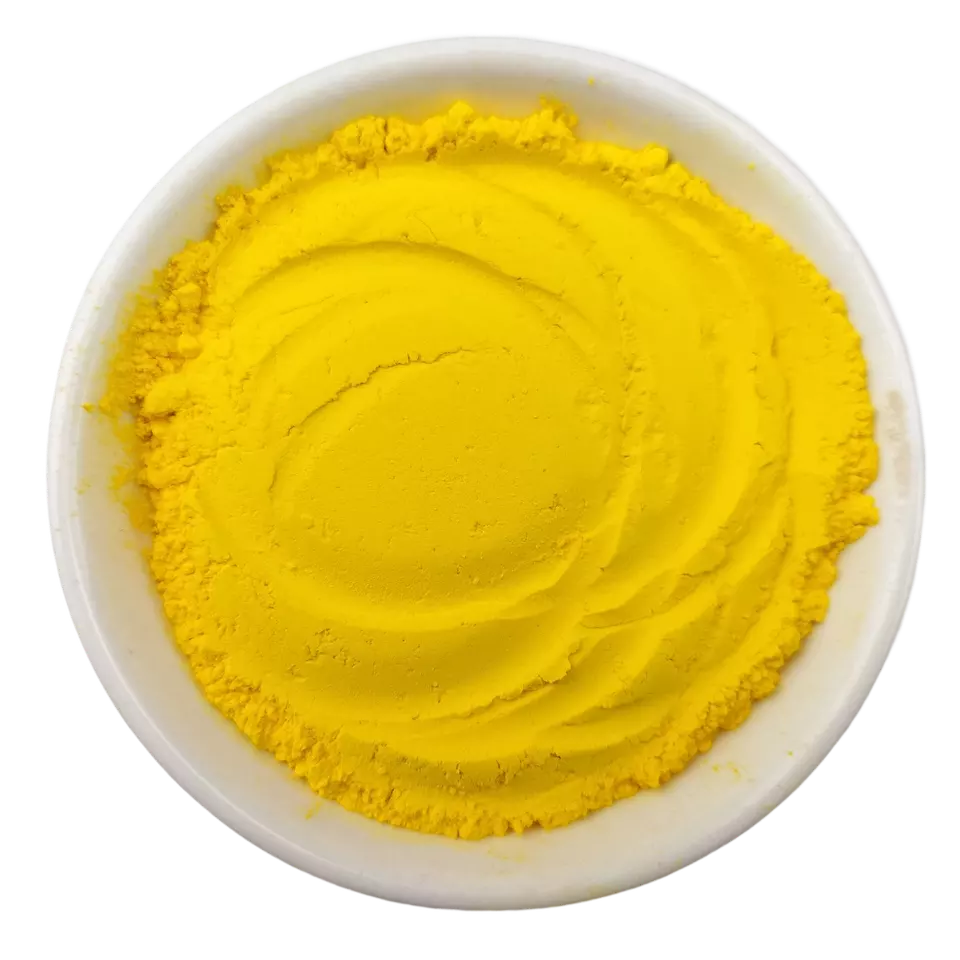
8 月 . 21, 2024 08:46 Back to list
Calculating the Precipitation Levels of Titanium Dioxide in Various Solutions
The Role of Precipitation in the Production of Titanium Dioxide
Titanium dioxide (TiO2) is a versatile compound widely used in various applications, including pigments, sunscreens, and food products. One of the critical processes in the production of high-purity titanium dioxide is precipitation. This process involves the transformation of titanium salts into TiO2 through chemical reactions, which can significantly influence the quality and properties of the final product.
Precipitation typically occurs in two main phases nucleation and growth. In the context of titanium dioxide production, it begins with the dissolution of titanium-containing raw materials, often extracted from titanium ores such as ilmenite or rutile. Once in solution, various chemical reagents, such as sulfuric acid or sodium hydroxide, are introduced. These reagents facilitate the precipitation of titanium dioxide by altering the pH and ionic concentration of the solution.
The precipitation reaction can be represented by a simplified chemical equation, where titanium salts react with bases to form titanium hydroxide, which subsequently dehydrates to form titanium dioxide
\[ \text{TiCl}_4 + \text{2 NaOH} \rightarrow \text{Ti(OH)}_4 + \text{2 NaCl} \]
precipitation of titanium dioxide equation

The resulting titanium hydroxide (Ti(OH)4) is then filtered and washed, followed by dehydration to yield solid titanium dioxide. This transformation is crucial, as the characteristics of the precipitated TiO2, such as particle size and morphology, directly affect the performance of the material in its end applications.
Controlling the conditions under which precipitation occurs is paramount in producing high-quality titanium dioxide. Factors such as temperature, concentration, and stirring rate can influence nucleation and growth rates, ultimately determining the size and shape of the particles formed. Generally, smaller particles tend to scatter light more effectively, making them suitable for applications in pigments, while larger particles may be preferred for other purposes, like photocatalysis.
In addition to the direct precipitation method, other techniques such as hydrothermal synthesis and sol-gel processes are also employed to produce titanium dioxide. However, the conventional precipitation method remains popular due to its relatively straightforward process and cost-effectiveness.
Another critical aspect of titanium dioxide precipitation is the environmental consideration. The production process can generate waste products, leading to potential pollution if not managed properly. Accordingly, innovations in the precipitation process aim to minimize waste generation and improve the overall sustainability of titanium dioxide production. Techniques such as recycling waste solutions and optimizing the use of chemicals have gained traction in recent years.
In summary, precipitation plays a vital role in the production of titanium dioxide, turning soluble titanium compounds into usable TiO2. The precise control over the precipitation process is essential for achieving the desired properties of titanium dioxide, making it a topic of ongoing research and development. With the growing demand for high-performance titanium dioxide in various industries, understanding the intricacies of the precipitation process will continue to be a focus for scientists and engineers alike. By harnessing advanced techniques and sustainable practices, the future of titanium dioxide production looks promising and increasingly environmentally friendly.
-
Lithopone for Plastic & TiO2 R-5568/SK-6658 Masterbatch Solutions
NewsMay.30,2025
-
China Leading Rutile TiO2 Manufacturer - R5566 & R996 Grades Available
NewsMay.30,2025
-
High-Purity Anatase & Rutile TiO2 Powder Trusted Manufacturer
NewsMay.30,2025
-
High-Purity Anatase Products Trusted Supplier & Manufacturer
NewsMay.29,2025
-
Best Price Eco-Friendly Rutile TiO2 Supplier & Wholesale Factory
NewsMay.29,2025
-
Chinese Anatase Titanium Dioxide for Ceramic Glaze Reliable Supplier
NewsMay.29,2025
